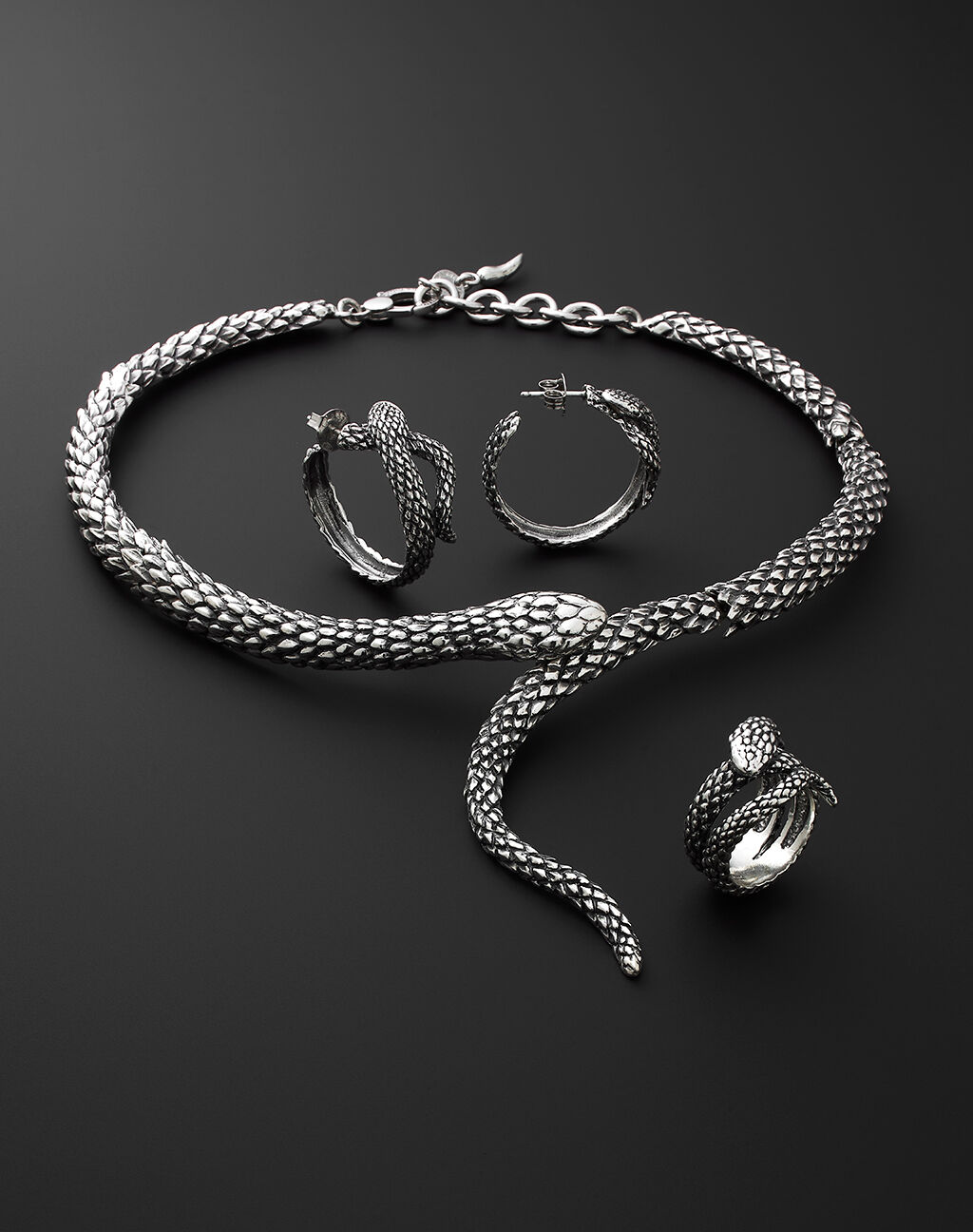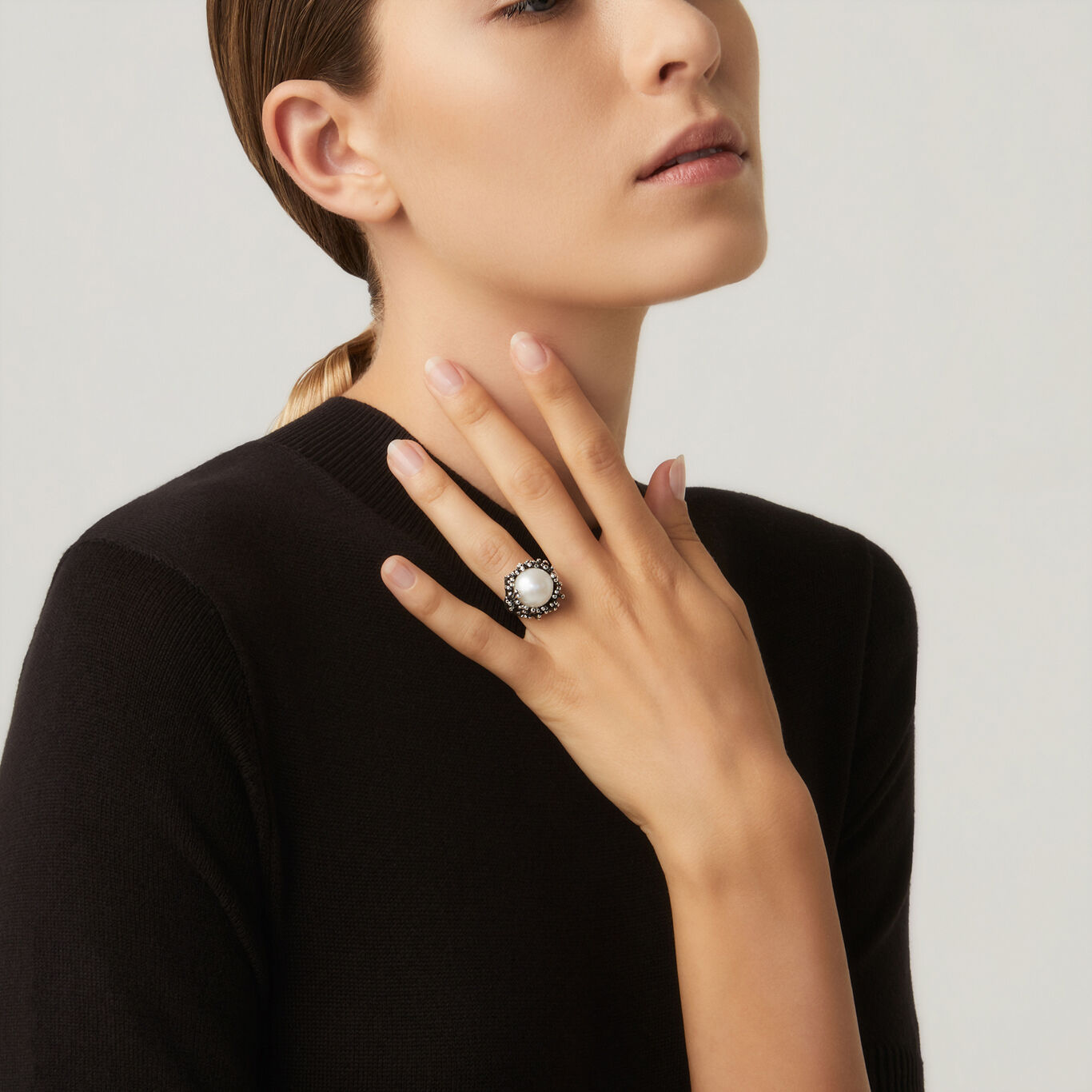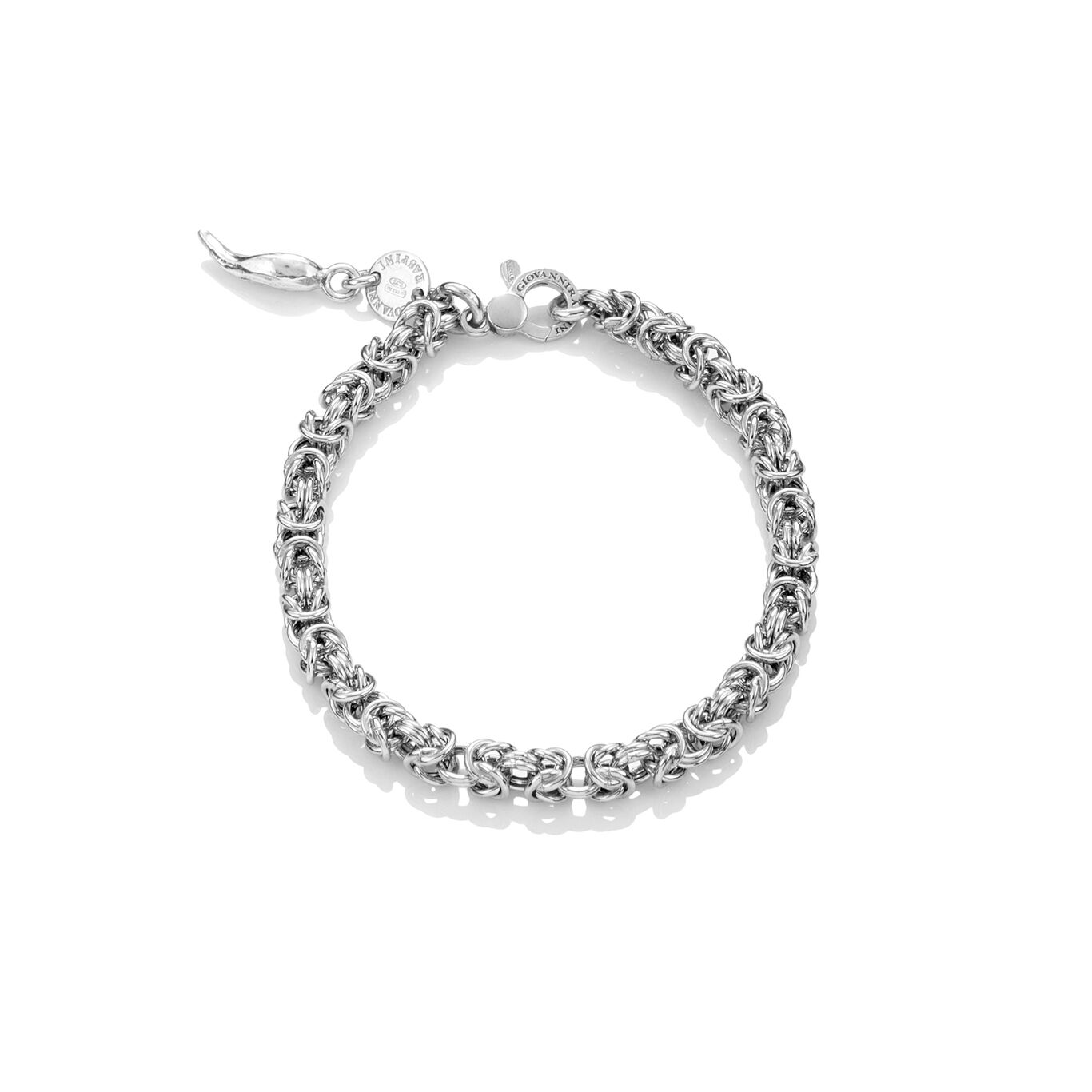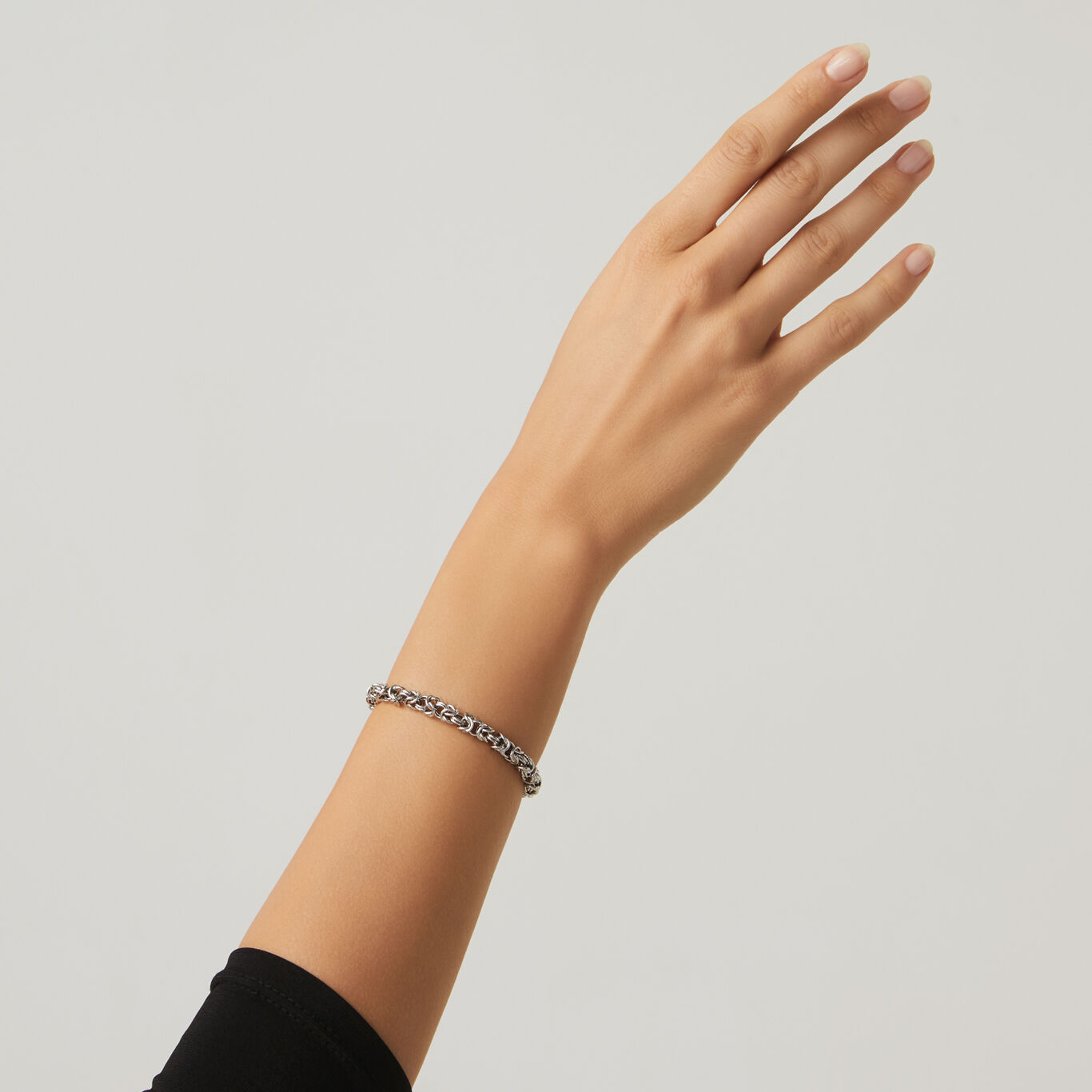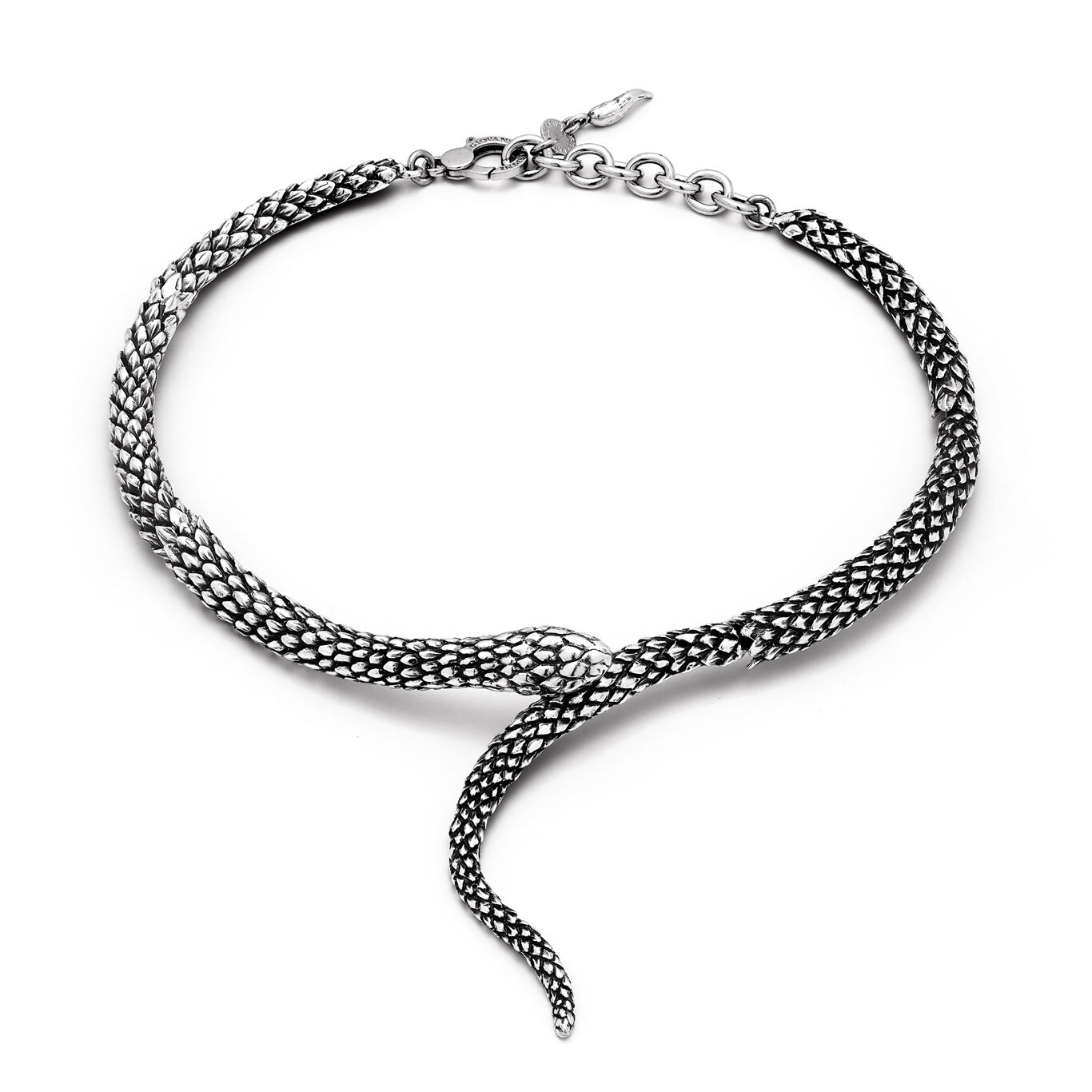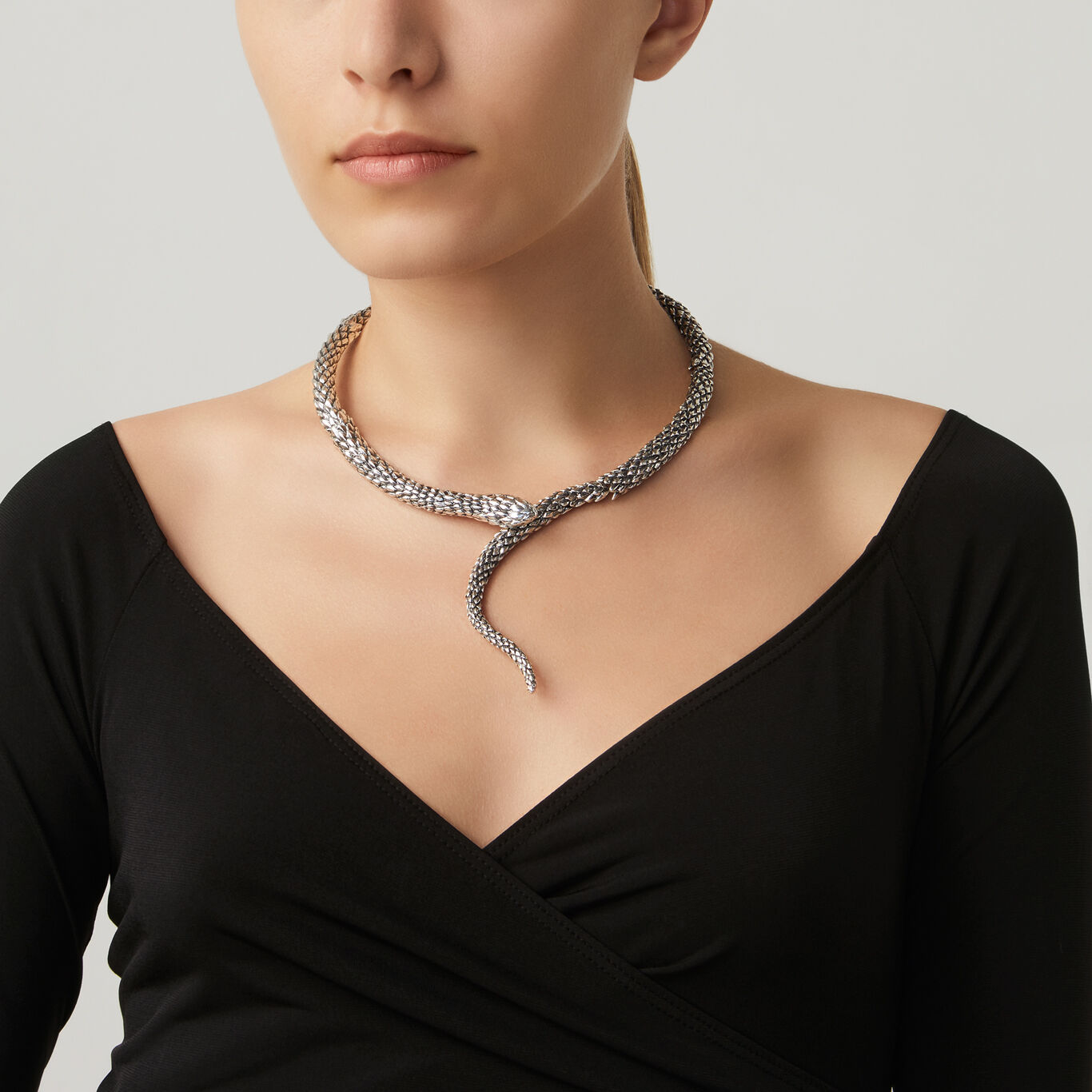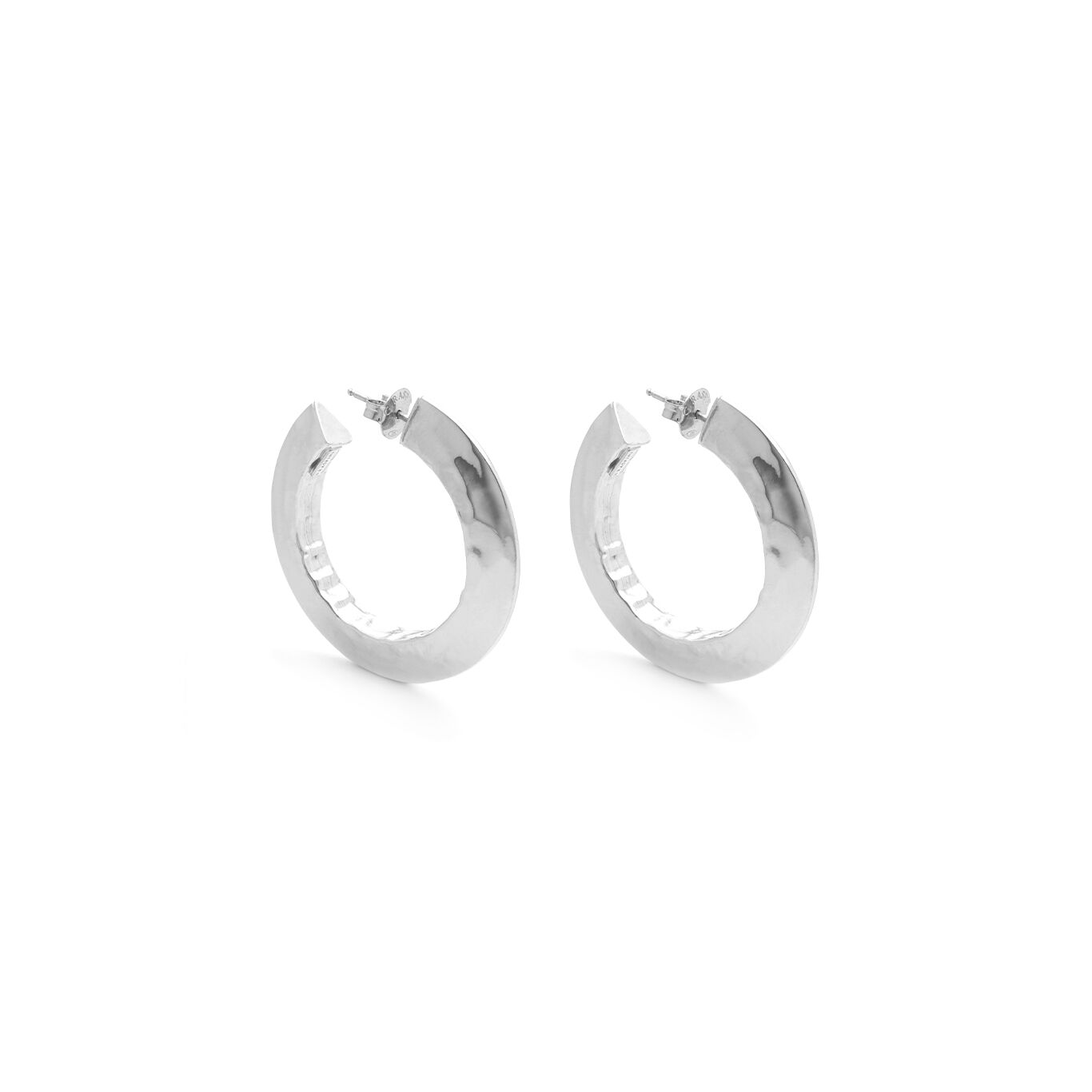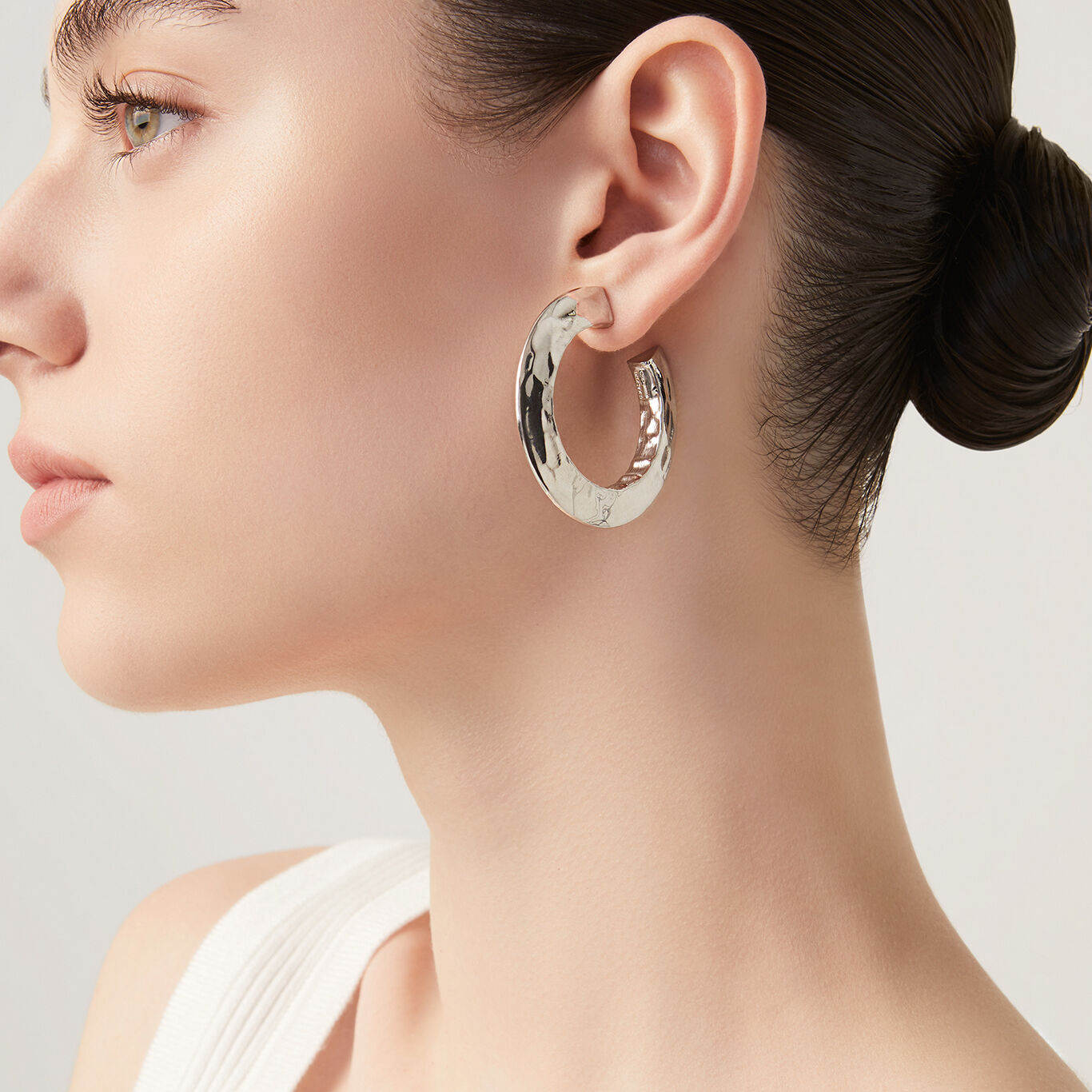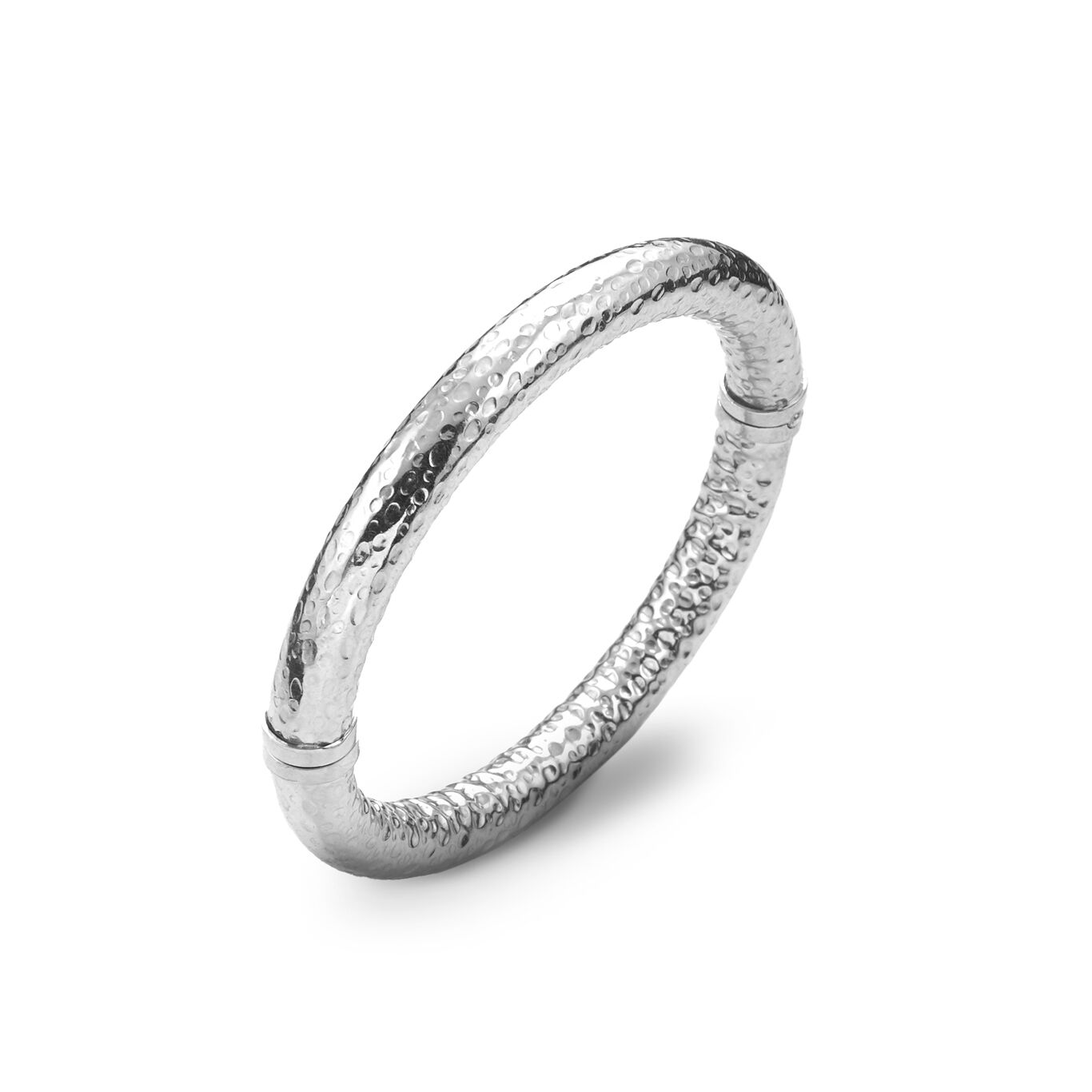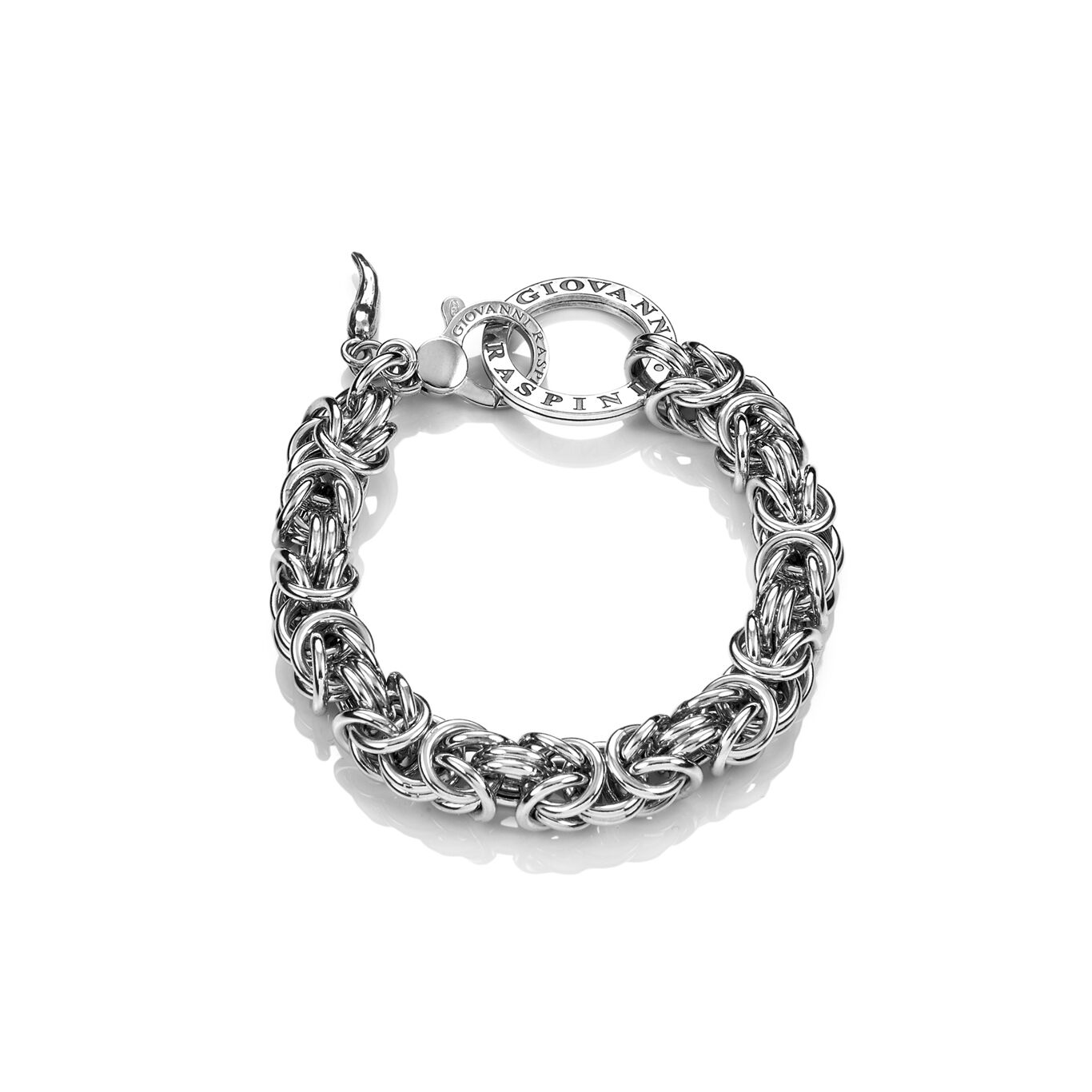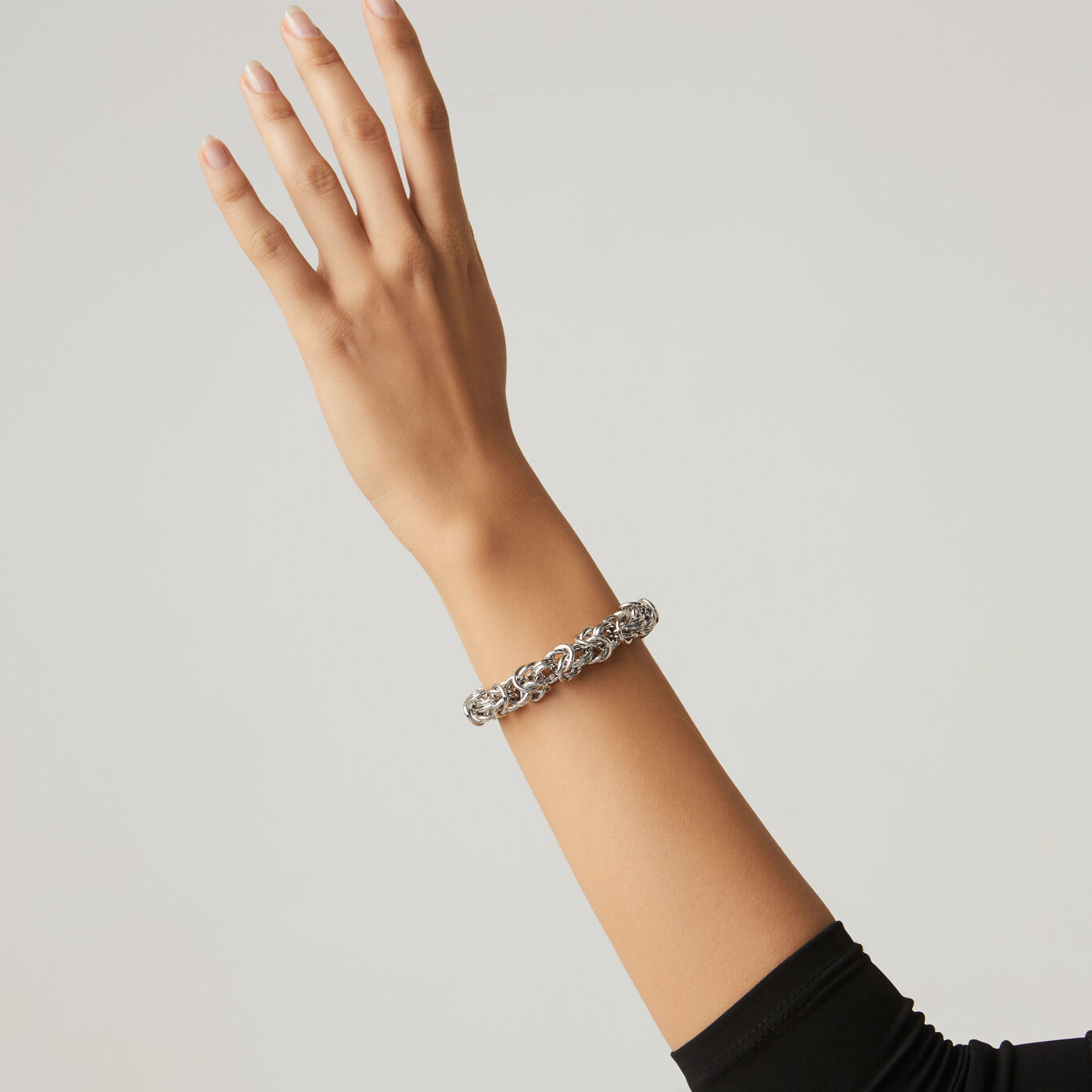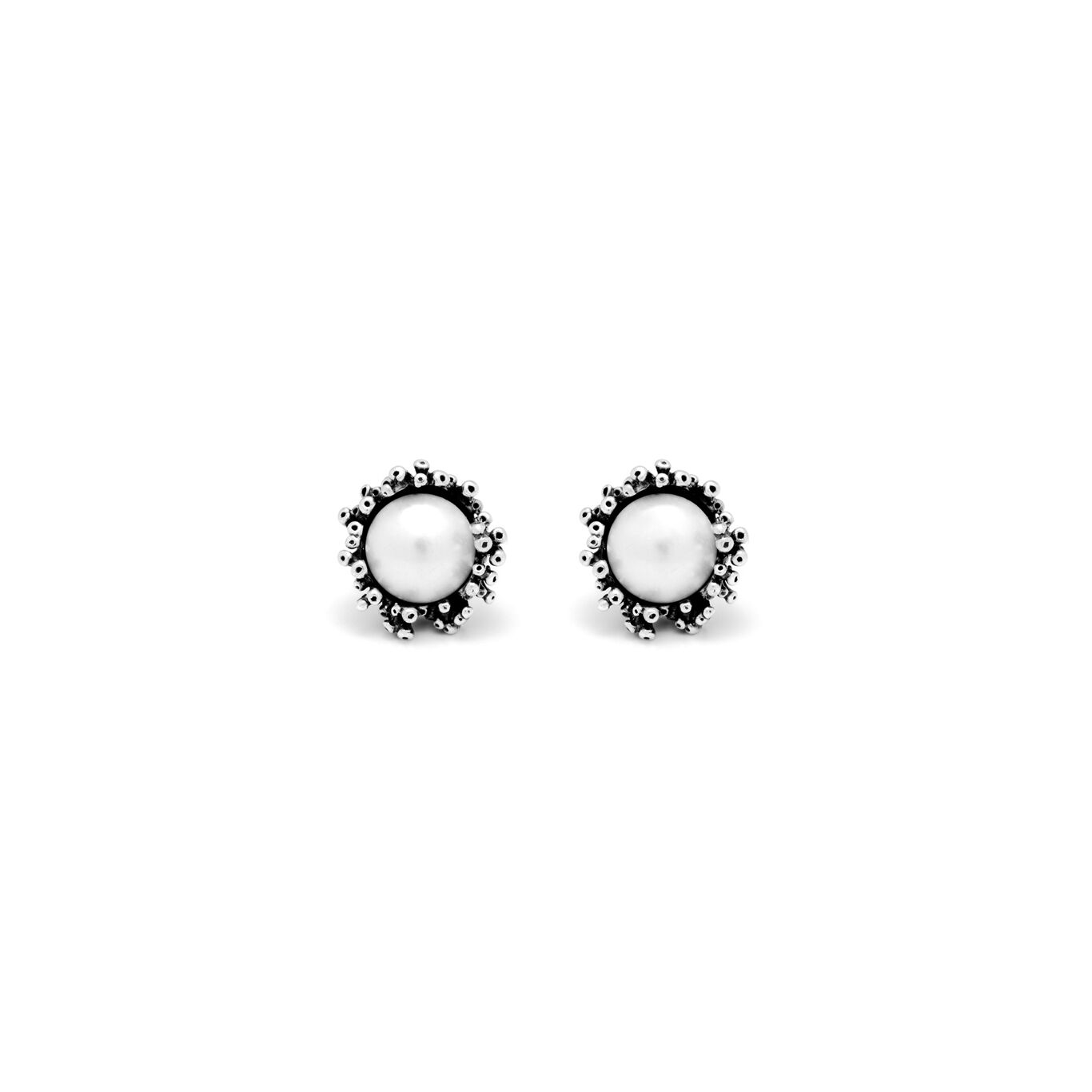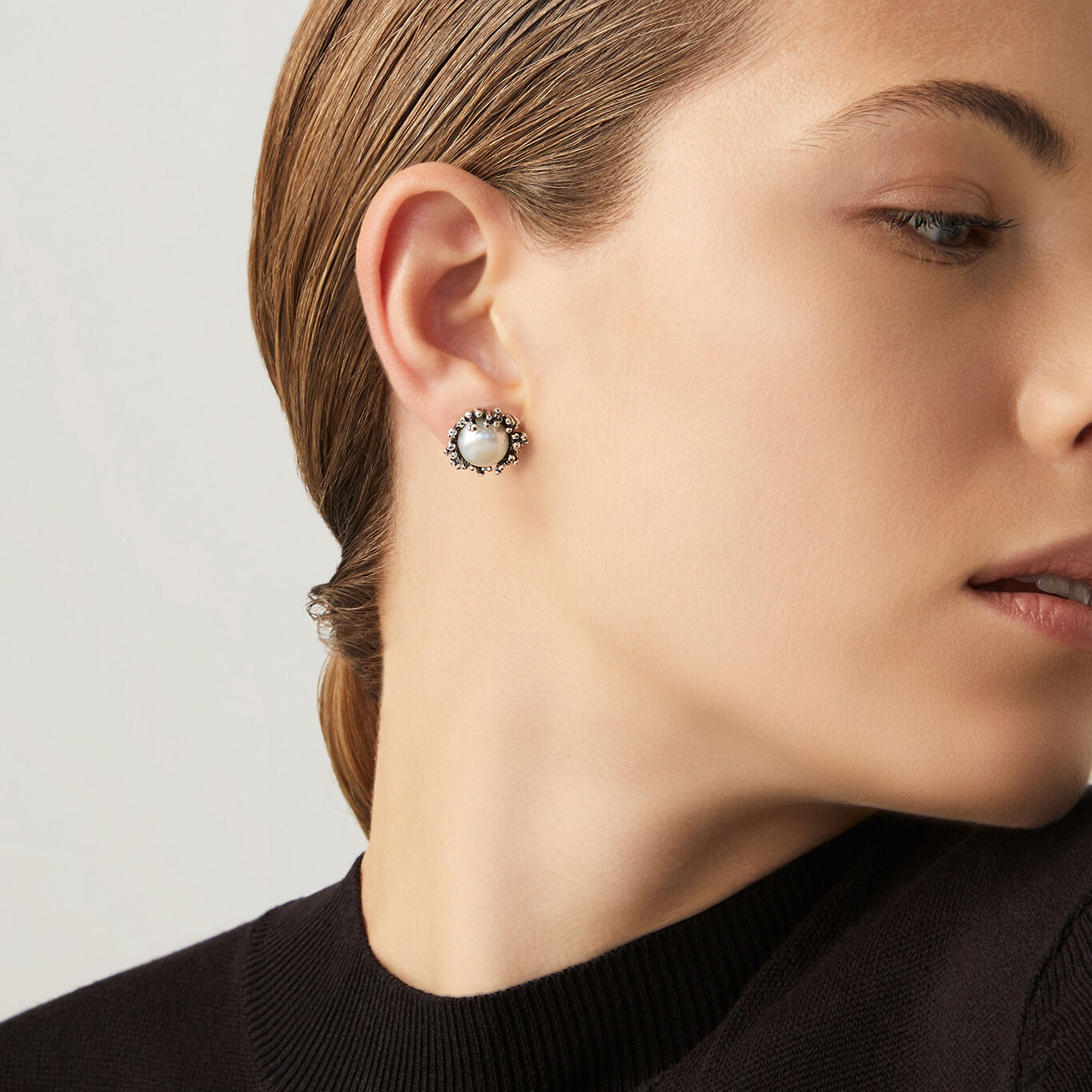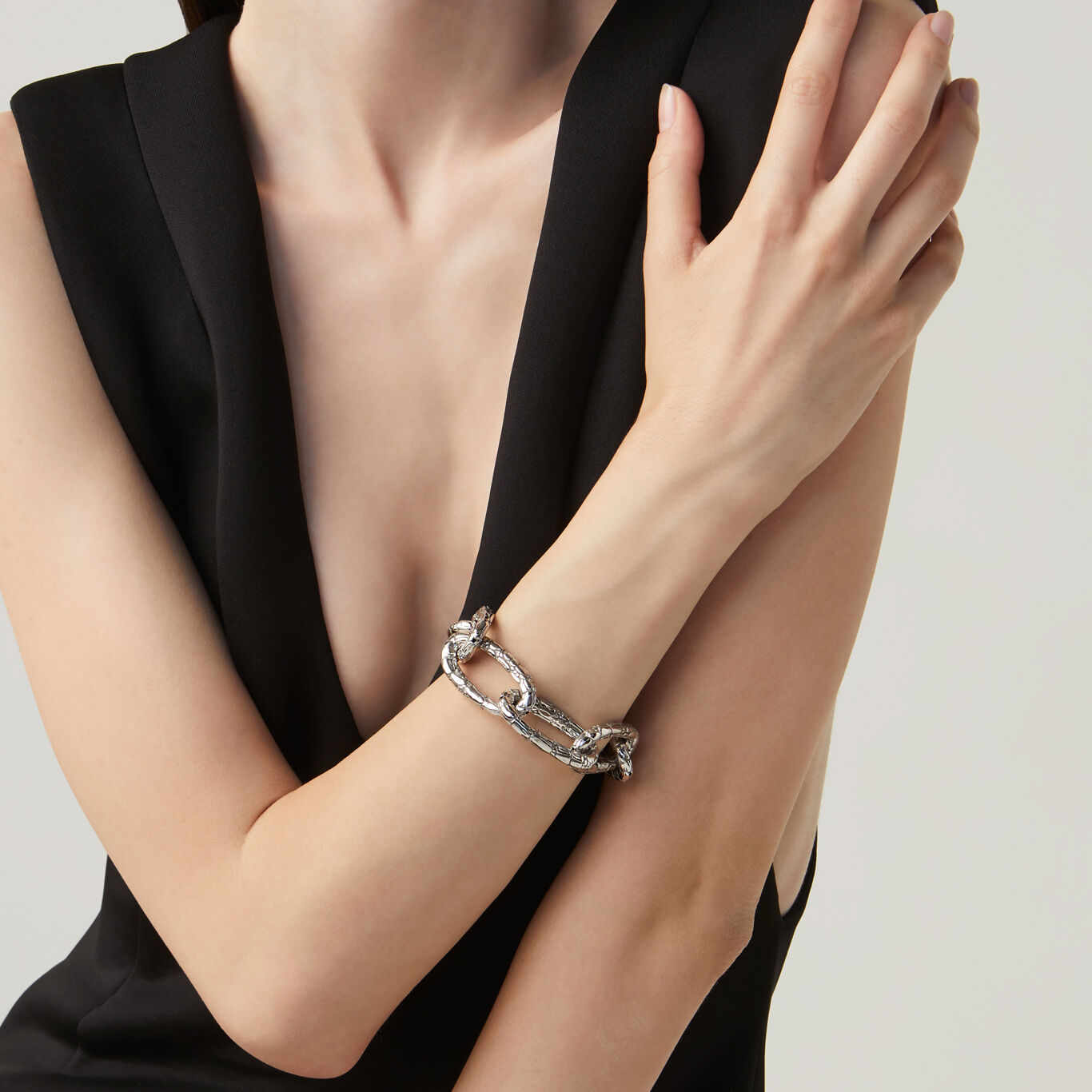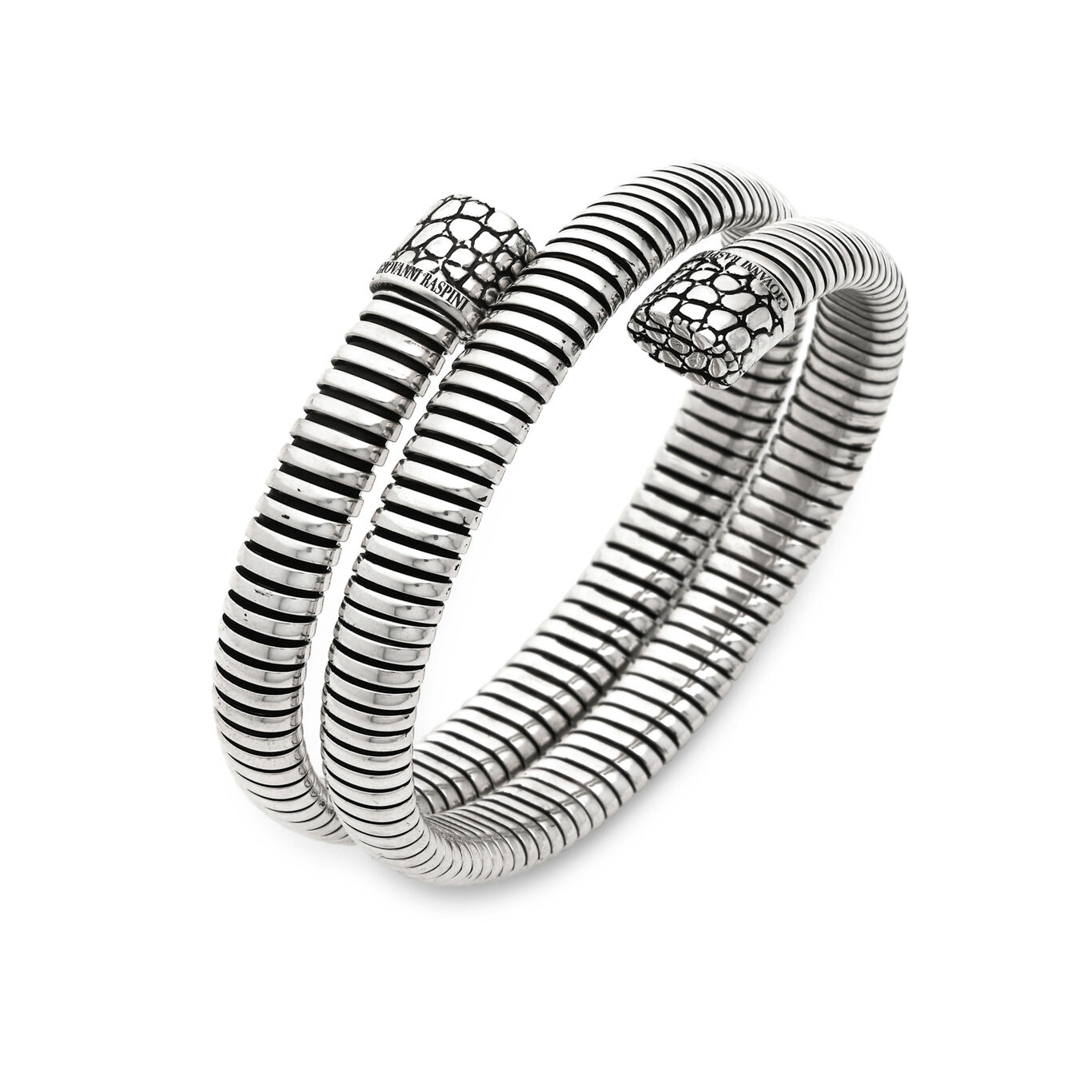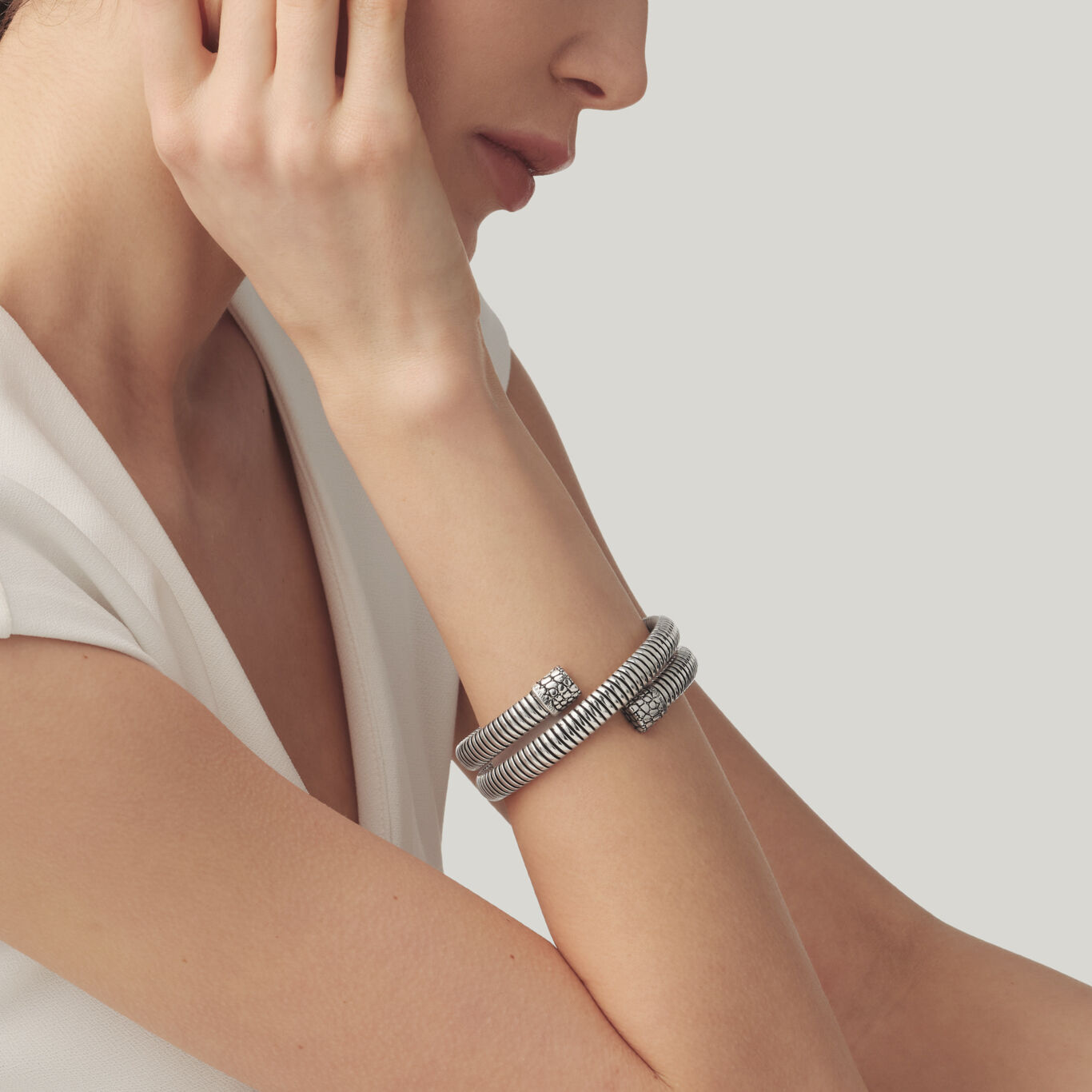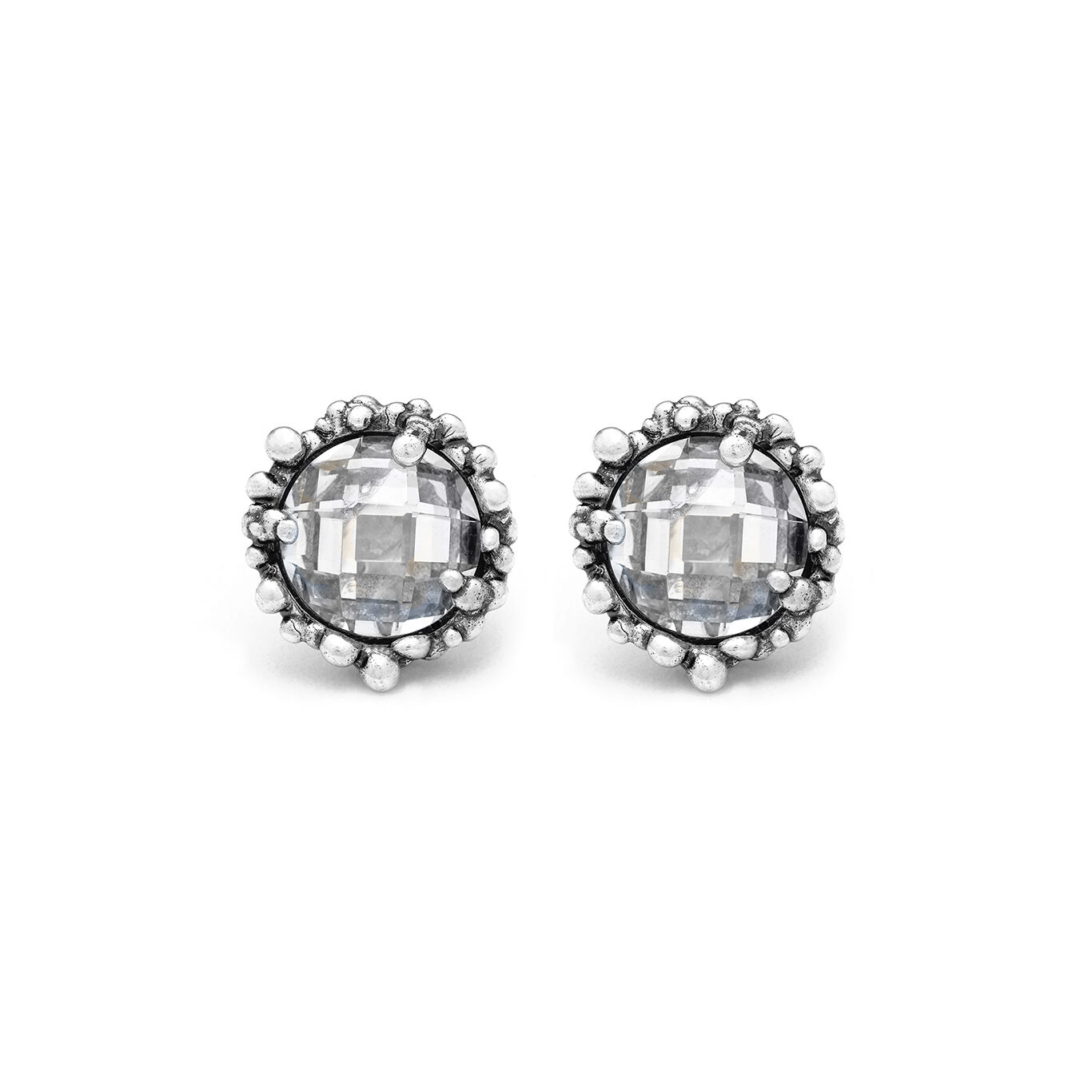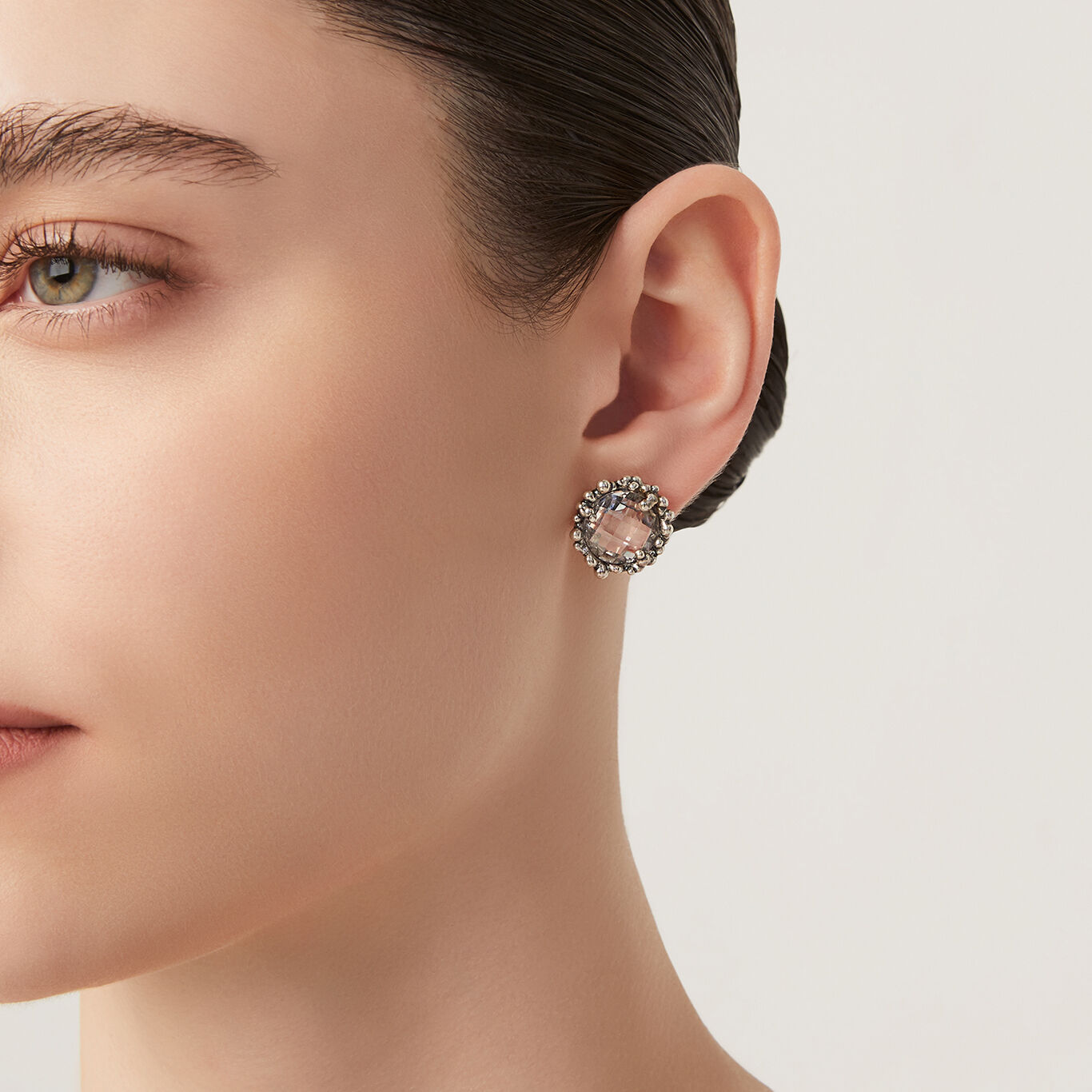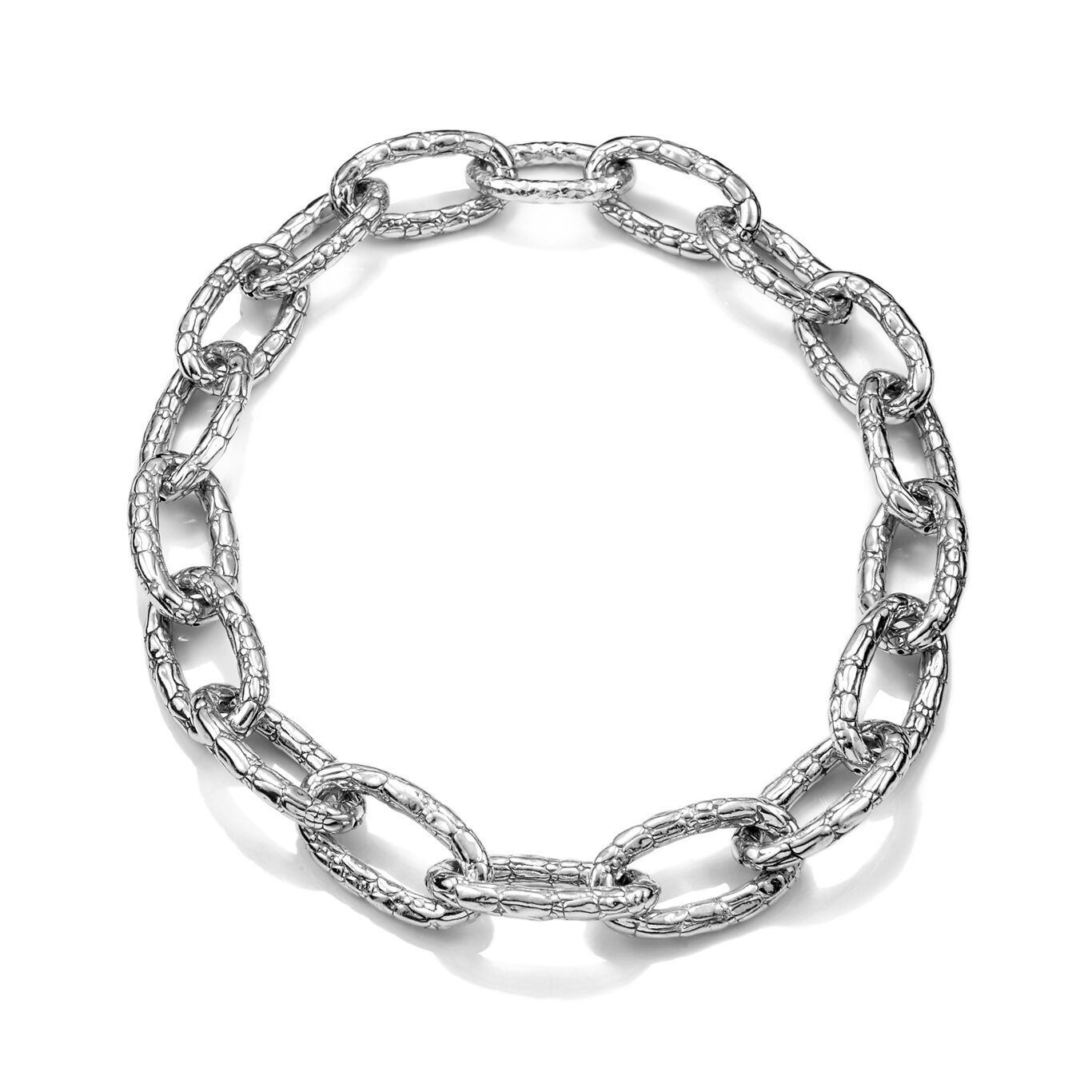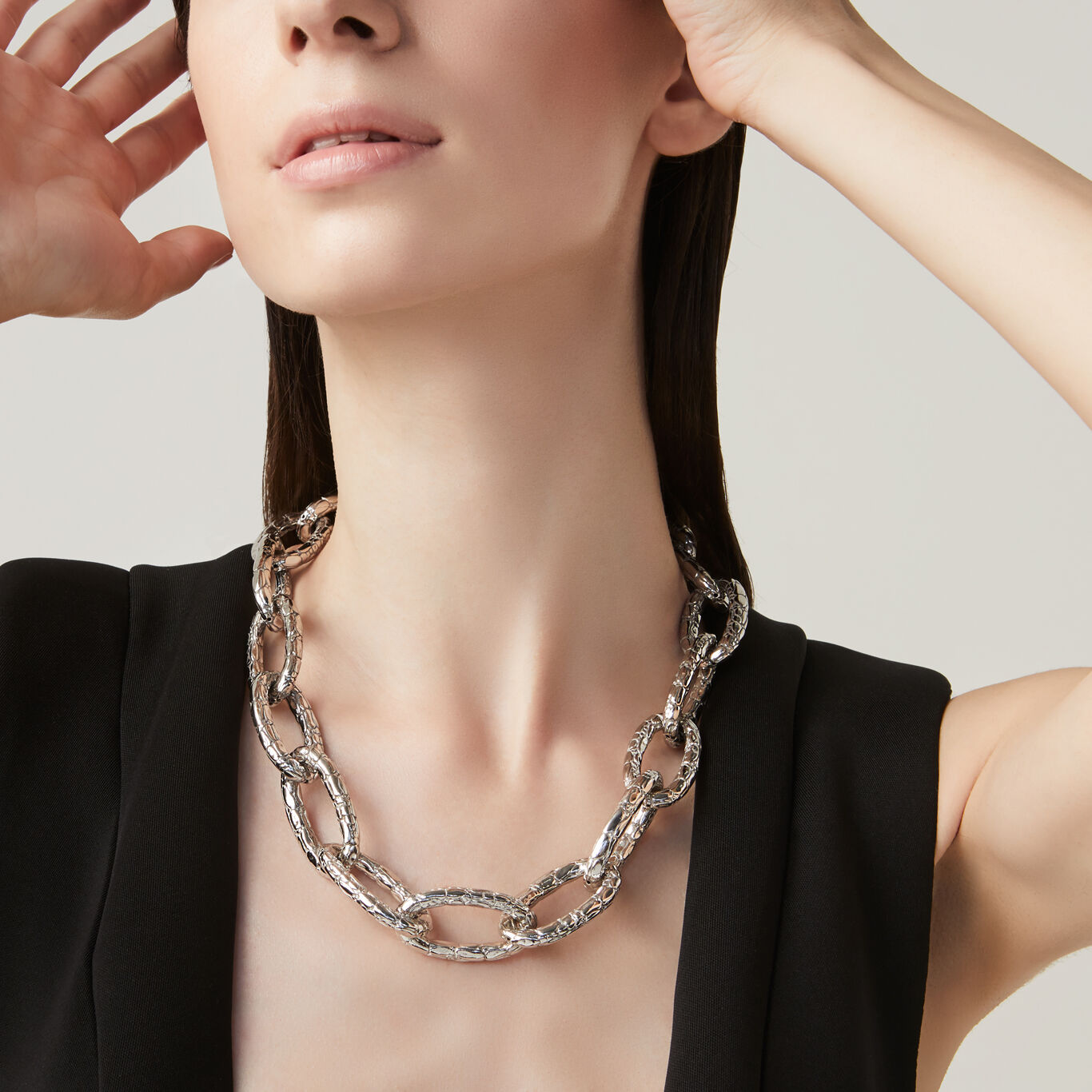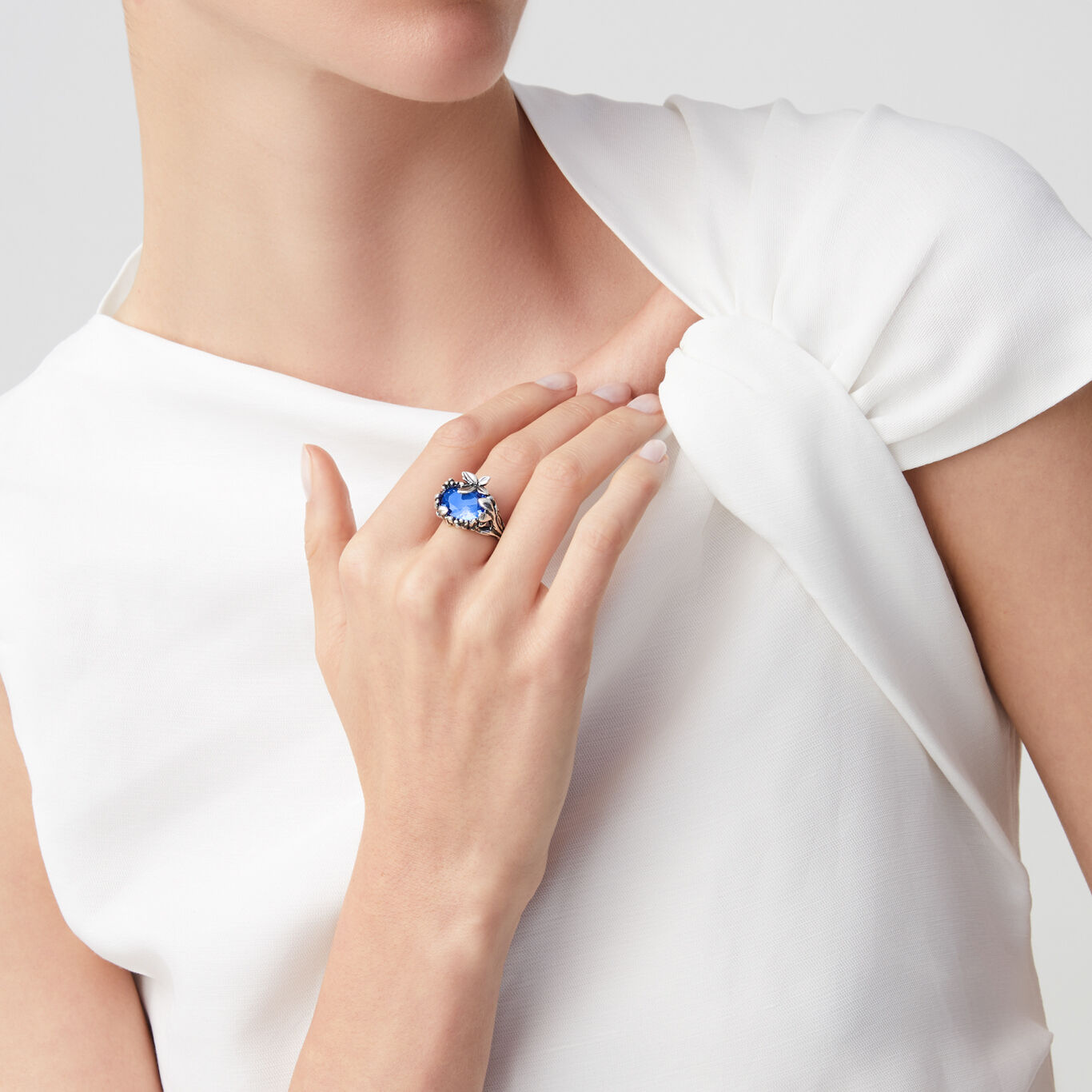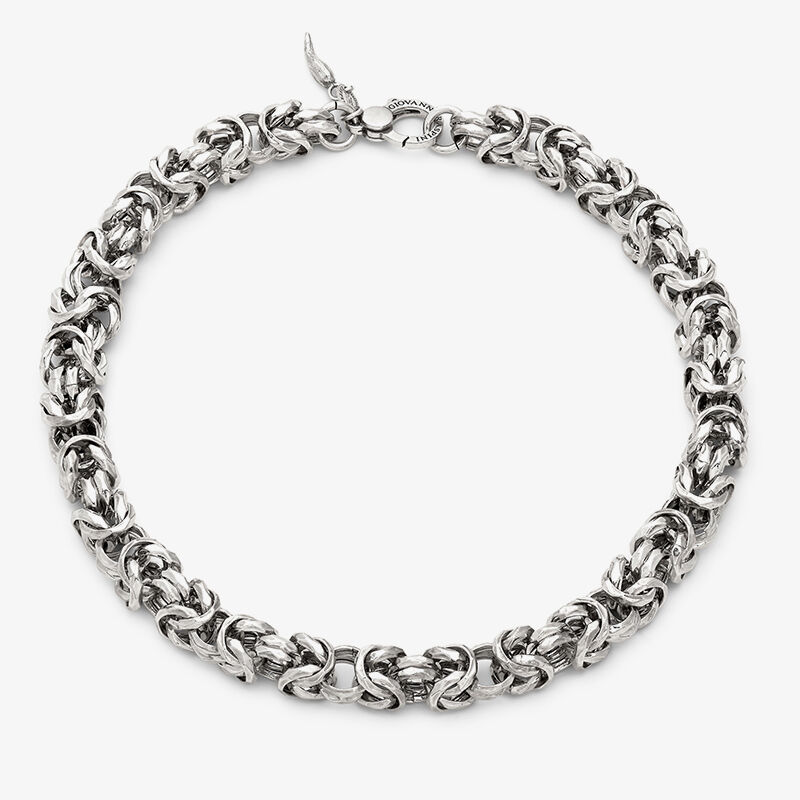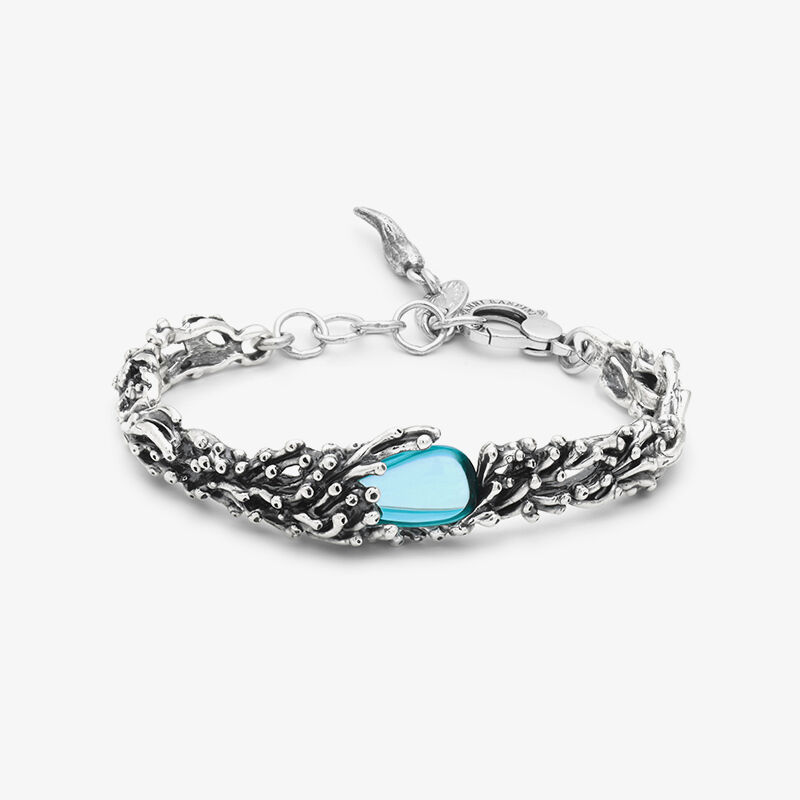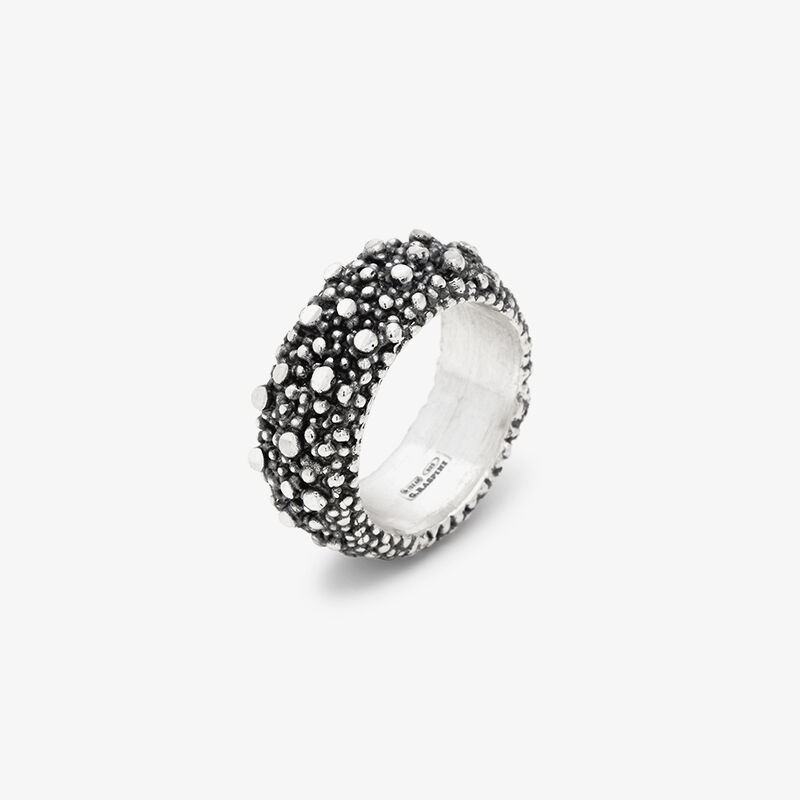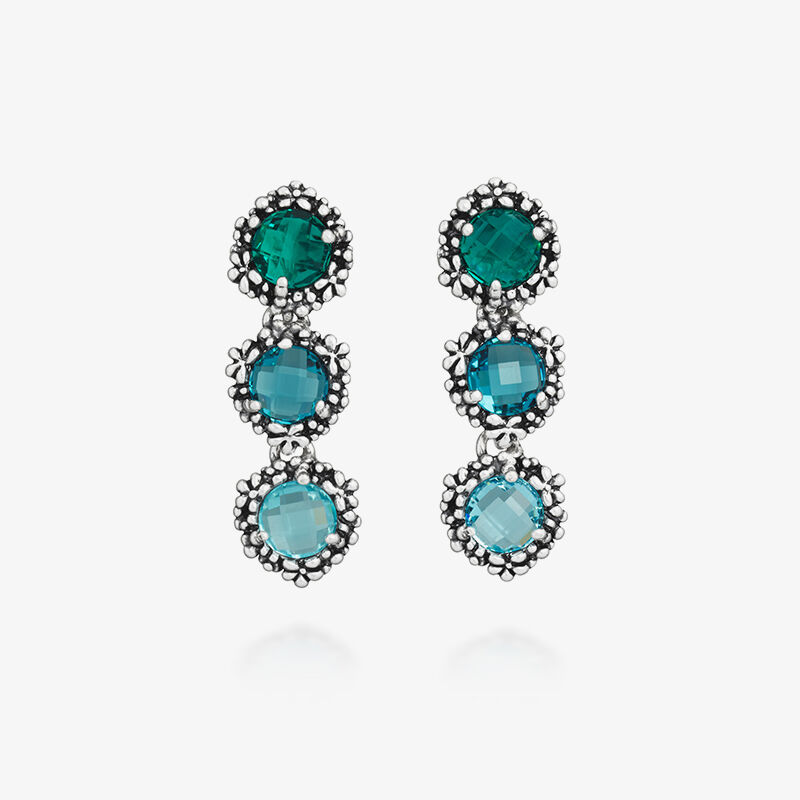Guide to Semi-Precious Stones: Characteristics, Symbolism, and Perfect Combinations
Thanks to their variety and versatility, semi-precious gemstones offer endless possibilities for creating captivating pieces of jewellery that suit every individual style. But what are semi-precious stones, and how do they differ from precious stones? In this helpful guide to discovering semi-precious stones, we answer some of the most common questions on the topic, highlighting their characteristics and symbolic meanings and recommending the best combinations to suit individual tastes.
The value of silver: properties and characteristics
Silver has long been considered a precious metal, prized for its extraordinary versatility and numerous intrinsic qualities. These characteristics make it an extremely valuable metal in various sectors, from jewellery to industrial applications:
- It is malleable and, when combined with other metals such as copper, nickel, iron or palladium, it becomes even more durable and better suited to jewellery-making.
- It has optimal light refraction properties that give unrivalled iridescent reflections to jewellery and ornamental objects.
- Due to its high thermal and electrical conductivity, it is widely used in industry, electronics and technology.
- It also possesses antibacterial properties, making it suitable for use in water purification systems, dental prosthetics and laboratory equipment.
- One characteristic of silver is its tendency to darken over time due to oxidation, which produces a grey patina on the surface. This chemical phenomenon can be a positive indicator of the authenticity of silver, and its effects can be easily remedied with proper cleaning.
Thanks to all these qualities, silver is still an extremely reliable and versatile precious metal, able to stand the test of time without losing its charm or value.
Purity Grades in Silver: What They Mean
Purity, also known as fineness, refers to the level of pure metal contained in a silver alloy. In this context, the purity of silver is represented in Europe by the first digit of these proportions, which indicate the amount of pure silver present per 1000 parts:
- 800/1000: Out of 1000 total parts, 800 are of silver and 200 are of other alloying metals. This is the minimum standard accepted in Italy, mainly used for cutlery.
- 825-850-900-925/1000: These figures represent the percentage of silver present, with the numbers 825 to 925 indicating the amount of silver and the rest copper. Sterling silver, marked with a fineness of 925, is the most widely used type of silver for jewellery worldwide thanks to its beauty and durability.
- 999/1000: This purity level applies to silver bullion bars and coins, where the metal is almost completely pure.
- 1000/1000: This value indicates pure silver, that is so ductile and malleable that making objects from it is practically impossible. Objects marked 1000/1000 are typically silver-plated or coated, rather than made entirely of pure silver.
These indications allow a clearer understanding of which type of silver has a higher value between 800 silver and 925 silver, as well as the difference between common silver and sterling silver.
In this way, for example, it is easy to understand what 925 means on a ring: 925 parts out of 1000 of the metal are composed of silver. Knowing the purity is essential to assessing the quality and value of a silver object, be it a piece of jewellery, a piece of art or an investment.
Silver hallmarking: seal of quality and authenticity
In Italy and Europe, silver objects must bear two compulsory hallmarks attesting to their authenticity and purity. The first indicates the silver fineness (e.g. 925 for sterling silver), engraved within an oval outline. The second is the producer's identification mark, consisting of a five-pointed star, an assigned number and the initials of the province it belongs to, enclosed in an elongated hexagon. The presence of both stamps is an official guarantee of the quality and origin of the metal. When in doubt about how to distinguish genuine silver from fake, hallmarking is a crucial element in establishing the authenticity and degree of purity of a silver object.
In the United States, hallmarks may include inscriptions such as "silver s925" or ".925," indicating the degree of purity and origin of the object. In some countries, authenticity stamps may not be present on silver jewellery or objects.
This is because, unlike in Italy and other European countries where hallmarking is compulsory by law, elsewhere there are no equivalent regulations, or they are less strict. However, even in the absence of official hallmarks, it is possible to verify the authenticity of silver through other means: from the manufacturer's documentation, to laboratory tests, to simple physical tests such as the magnet or thermal conductivity test.
So how can you tell if an artefact is really made of silver without an authenticity stamp?

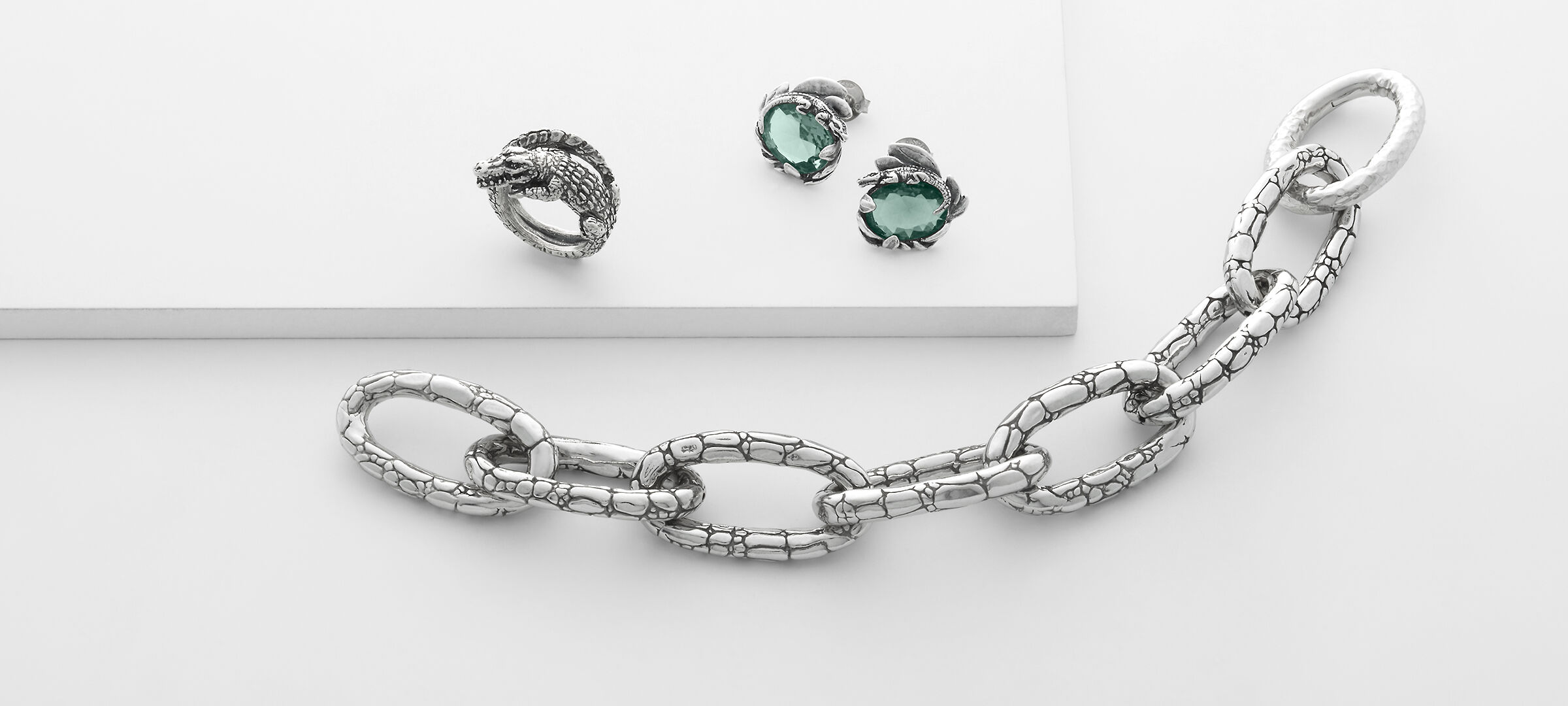
Practical methods for recognising genuine silver
In addition to the presence of a hallmark, there are several methods that can help you understand how to recognise authentic silver. Some of these tests can be done at home, while others require the expertise of qualified jewellers.
1. The magnet method
Bring a magnet close to the object in question. Genuine silver, which has a high level of purity, is not magnetic. If, on the other hand, the object is attracted, it is likely to be made of another metal or simply coated with silver.
2. Observe the appearance
How can you tell if an object is silver or silver-plated? When scratches or signs of wear appear, it may not be pure silver, as the silver layer on mixed alloys tends to peel off under stress. A slight dark patina, due to oxidation, is instead a good indication of authenticity. When you wipe the patina with a cloth, if dark halos remain and the silver shines again, it is a positive sign of real silver.
3. Sound and odour
You can perform an acoustic test to find out the composition of silver. When a silver item is gently tapped with a coin or a similar tool, it should produce a clear, ringing sound due to its specific metallic properties. A dull or muted sound could indicate the presence of different materials or a lower amount of silver in the compound.
Furthermore, pure silver is odourless. Any detectable odour could suggest the presence of other metals, such as copper, which are often used in alloys but lack silver’s characteristic neutral smell.
4. Evaluation by an experienced jeweller
To determine whether a piece of jewellery is made of silver, a jeweller can use various professional methods.
First, a professional might perform a nitric acid test. Firstly, a small amount of nitric acid is applied to a hidden part of the jewellery item. If the metal is genuine silver, the chemical reaction will produce a cream-coloured residue. Otherwise, a green discolouration will indicate a different metal. This test must be performed with caution, using protective gloves and goggles, and in a well-ventilated environment.
Another option is spectrometry. This advanced technique uses an X-ray fluorescence spectrometer (XRF) to analyse the metal composition without damaging the jewellery item. XRF accurately identifies the elements present in the metal and can determine the percentage of silver.
Furthermore, by measuring the volume and weight of the jewellery item, a jeweller can calculate the specific gravity of the metal. Since silver has a known specific gravity, this measurement can accurately confirm the authenticity of the metal.
Jewels
Look and DiscoverHow to distiguish silver from steel
Distinguishing silver from steel is crucial to correctly assessing the quality and value of an object. The first clue can be found in the hallmarks: if you see indications such as 18/0, 18/8 or 18/10, the item is made of steel. These figures represent the percentage of chromium in relation to the percentage of nickel in the metal.
For a more thorough analysis, specific gravity tests or conductivity tests can be performed by an expert. By measuring the volume and weight of the object, it is possible to calculate the specific gravity of the metal. Silver and steel have different densities, so this measurement can help identify the material. Unlike steel, silver is also an excellent conductor of heat. A thermal conductivity test can determine which metal conducts heat best, providing another clue as to the composition of the metal.
How to be sure you are purchasing genuine silver
Purchasing genuine, valuable silver requires attention and awareness. The first essential step is to turn to qualified dealers, who only offer products with double hallmarks and can also guarantee the quality of their products through certificates of authenticity. These certificates not only attest to the purity and fineness of the silver, but also offer the security of a transparent purchase.
Relying on professionals in the sector also gives you access to a range of additional services, such as personalised advice on choosing the most suitable jewellery or object for your needs. An experienced dealer will be able to provide valuable advice on the cleaning and maintenance of silver, ensuring that your purchases maintain their beauty and value over time.
With these steps, you can be sure of making quality investments, enriching your collection with genuine and valuable silver.
